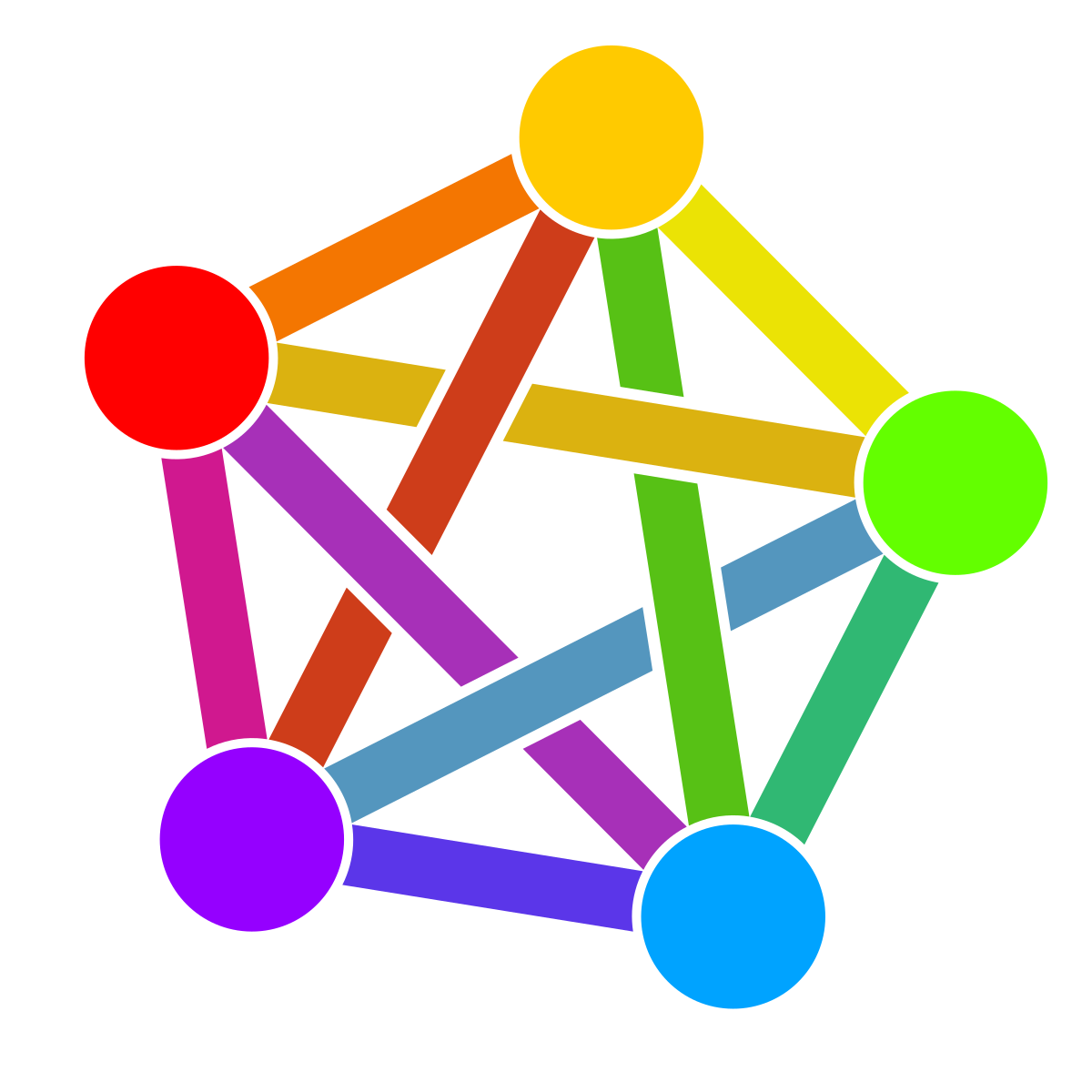

Nearly 200 upthumbs, more ?!
But the discussion explores broader and narrow variants, need to coalesce.


Nearly 200 upthumbs, more ?!
But the discussion explores broader and narrow variants, need to coalesce.


From the tasks described, it seems to me they were not measuring ‘Computer Skills’ as reasoning, patience, tenacity - people could have similar issues with similar tasks involving a pile of papers.
Hi, excuse me for replying so late, but i’ve been away from lemmy for.a while.
Well, to summarise, the model calculates the future trajectories, of population, economy, emissions, atmospheric gases, and climate response etc., according to a set of (hundreds of) diverse options and uncertainties which you can adjust - the key feature is that the change shows rapidly enough to let you follow cause -> effect, to understand how the system responds in a quasi-mechanical way.
Indeed you are right, complexity is beautiful, but hard. A challenge with such tools is to adjust gradually from simple to complex. Although SWIM has four complexity levels, they are no longer systematically implemented - also what seems simple or complex varies depending where each person is coming from, so i think to adapt the complexity filter into a topic-focus filter. Much todo …
I’m using Alexandrite, find it good


As it happens I’ve been calculating per capita emissions for 28 years, since COP2.
You can see my model here.
No I certainly don’t include Russia nor Turkey, although europe is more than EU. Korea is indeed notable.
Regarding what they call ‘consumption emissions’, you can get such data from Global Carbon Project, on that I’m less an expert but my hunch is that industry emissions are dominated by heavy products like steel and cement for construction (made with help of gigatons of coal), rather than light consumer goods for export. Over-construction is the root of the problem, global emissions will peak (maybe now) as that bubble bursts.


lopq’s original comment is correct for ‘whole west’ too. the second part is also true per capita. By the way europe also has a lot more people than united states, it’s not irrelevant.


You are right, it’s simple numbers, scientific fact, pity so much downvotes, people should check recent data rather than get stuck with old concepts from 1990s (when climate politics began).


Yes they invested enormously in high-speed train lines. But look on satellite image around those train stations, new city blocks have massive roads everywhere, 5 lanes in each direction, plus in parallel another set of toll roads. Even if those roads were empty , the cement and steel for all that has contributed enormous quantity of CO2 to the atmosphere.
Chinese emissions per capita are higher than european average for many years now, however they always pick the worst country in the world for comparison statistics.


Emissions per capita of China have been higher than the european average for about a decade now.


At 1000 km/hr, it’d run out of track in less than four minutes, hope it can stop in time … Anyway not convinced there’s much point in this. China should be building more suburban rail networks to fill the gaps, instead of pouring so much concrete into crazy-wide highways and toll-roads (look on satellite image, you’ll see).
I can relate to this, having developed a coupled socio-emissions-carbon-climate model, which evolved for 20 years in java, until recently converted to scala3. You can have a look here. The problem is that “coupling” in such models of complex systems is a ‘good’ thing, as there are feedbacks - for example atmospheric co2 drives climate warming but the latter also changes the carbon cycle, demography drives economic growth but the latter influences fertility and migration, etc… (some feedbacks are solved by extrapolating from the previous timestep - the delay is anyway realistic). There are also policy feedbacks - between top-down climate-stabilisation goals, and bottom up trends and national policies, the choice affects the logical calculation order. All this has to work fast within the browser (now scala.js - originally java applet), responding interactively to parameter adjustments, only recalculating curves which changed - getting all these interactions right is hard.
If restarting in scala3 I’d structure it differently, but having a lot of legacy science code known to work, it’s hard to pull it apart. Wish I’d known such principles at the beginning, but as it grew gradually, one doesn’t anticipate such complexity.


Vivaldi recently posted this -vivaldi-wont-allow-a-machine-to-lie-to-you.
See also vivaldi community


This is an unprecedented situation - if a guy who’s in prison (speaking via AI) and whose party is not allowed on electoral lists can nevertheless win an election , think which other countries might also be inspired by this … ! (note - although I’m not so keen on Khan (populist), am even less keen on military rule). I suppose now it depends which way PPP and MQM will turn ?


Similar issue can apply to many types of degrees. And even without AI there is already a massive oversupply of graduates on many topics, especially in China. So the whole pyramid scheme of universities needs a big rethink.


The problem is that whatever careful process EU implements to restrict spread of fake news etc., authoritarian states will copy its facade and terminology, to justify their own censorship of real news ( in Russia people go to prison for calling a war a war).


My boys have chromebooks, it’s almost mandatory for school now, and I get why teachers need the whole class to have a similar locally-networked tool. Problem is we as parents can’t set anything, as we don’t have ‘developer’ access, and the school controls their accounts. So at home, they do stupid stuff. The hardware is ok, I wish it was just linux. About what google gets - I doubt the current data is so valuable, they play a long game hoping to lock young people into their ecosystem, to profit from people with cash/energy in their 20s.


One reason people stick on Lemmy and other fediverse communities, is the choice of quality over quantity (in this case - wrt comments). So quality over quantity could also apply to platforms like Codeberg. Github has so many abandoned student projects or forks going nowhere - maybe making the effort to look beyond the obvious is an indicator of serious (new) projects and contributors ?


Article has some logic that makes sense, as does UBI in general.
However currently China is still far away from this, welfare is low compared to most european countries, lack of reliable welfare has contributed to their massive housing bubble, now deflating. Also, I read that Xi J is anti-welfare.


They may indeed develop linguistic skills at deeper levels, but LLMs are still only playing with words. Imagine a kid who grew up confined in a library with unlimited books, but no experience of the real world outside, no experiments with moving about, bouncing balls, eating, smelling, seeing, hearing, interacting with others, only reading - might write eloquently but have no ‘common sense’ of reality. To train a real AI with physical sense and capabilities would be like bringing up a kid - messy, not easy to automate, takes a long time.
I see that says ‘has to be local only, not federated’ (same issue also discussed on github).
‘Local only’ suggests to me front-end, i.e. info stored by browser. In that case people who are often switching devices would have to re-organise on each one, which could be tedious.
So isn’t there something in between local and federated - i.e. saved by the instance as user-settings, but not pushed to other instances?
Maybe there could be some manual copying mechanism, so a user who organises a big set of communities could share with others. (This reminds me of mastodon ‘lists’ and various ways of organising and transferring them).